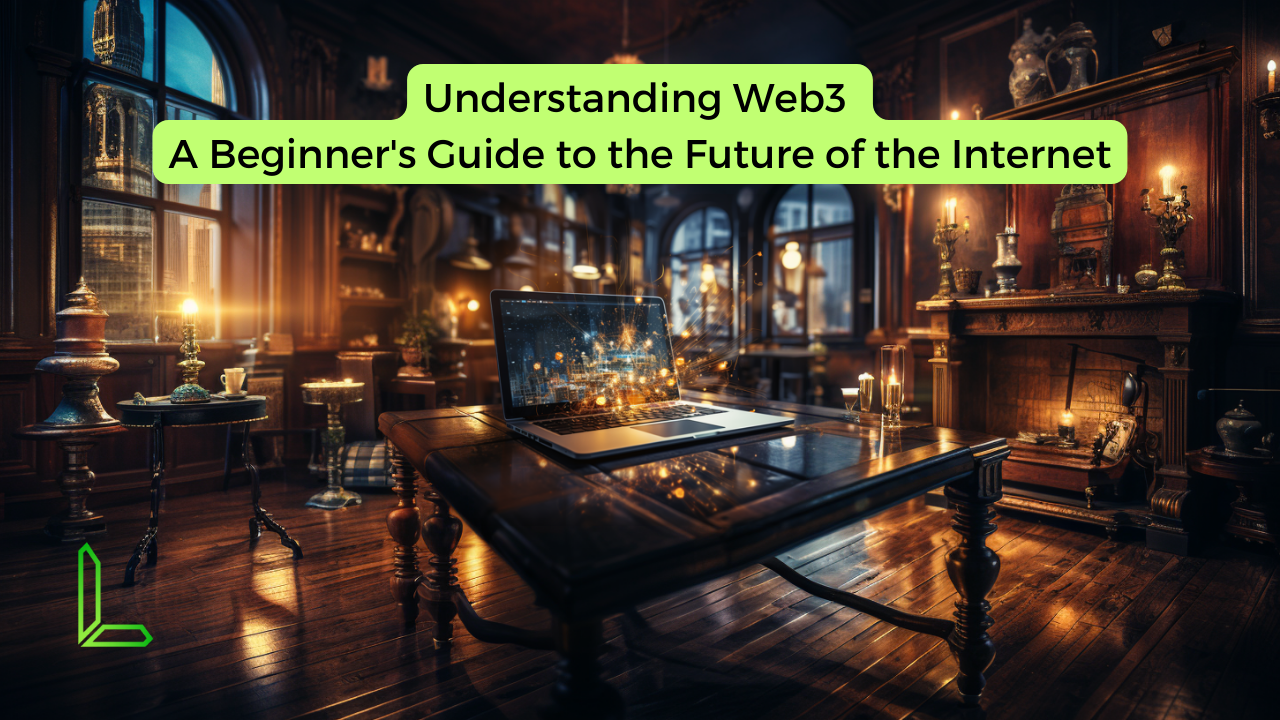
Introduction
The digital world is evolving at an unprecedented pace. From static web pages to interactive platforms, the internet has undergone significant transformations. Now, we are on the brink of another revolution: Web3. But what is Web3, and why is it crucial for you to understand its terminology? Let’s dive in.
What is Web3?
Web3 represents the third era of the web. If Web1 was about static web pages and Web2 was about interactive web apps and social media, Web3 is about a decentralised internet. It’s an internet where users have control over their data, identities, and transactions. Built on blockchain technology, Web3 promises a more transparent, secure, and user-centric online experience.
Terminology
To navigate the Web3 landscape, it’s essential to familiarise yourself with some key terms:
- Blockchain: Think of it as a digital ledger. Once data is recorded, it can’t be altered, ensuring transparency and security.
- Cryptocurrency: Digital currencies like Bitcoin and Ethereum. They operate independently of a central bank and use encryption for security.
- Smart Contract: A digital contract where terms are written into code. It self-executes when conditions are met.
- DApp (Decentralised Application): Apps that run on a blockchain, ensuring they aren’t controlled by any single entity.
- Wallet: A digital tool to interact with blockchains. It’s where you store and manage your cryptocurrencies.
- Ether (ETH): Ethereum’s native cryptocurrency. It’s used for transactions within the Ethereum network.
- Gas: The fee you pay for transactions on the Ethereum network.
- NFT (Non-Fungible Token): Unique digital assets verified using blockchain technology. They’ve gained popularity as digital art, collectibles, and more.
- DeFi (Decentralised Finance): Traditional financial services (like banking) but built on blockchain, removing intermediaries.
- Metamask: A browser extension that serves as a wallet for Ethereum and allows users to interact with DApps.
- DAO (Decentralised Autonomous Organization): Think of it as a company run by code. It operates transparently and without a centralised authority.
Resources to Learn More
If you’re intrigued by Web3 and wish to delve deeper, here are some resources to get you started:
– Ethereum Foundation: The organisation behind Ethereum offers a wealth of information, from beginner’s guides to advanced topics.
– CryptoZombies: An interactive code school that teaches you to write smart contracts in Solidity through building your own crypto-collectibles game.
– OpenSea: A marketplace for NFTs. It’s a great place to explore the world of digital art and collectibles.
– DeFi Pulse: Stay updated with the latest in decentralised finance. It offers insights, analytics, and information on top DeFi projects.
Conclusion
Web3 is not just a buzzword; it’s the future of the internet. As we transition from centralised platforms to a decentralised ecosystem, understanding Web3 becomes crucial. This guide offers a starting point, but the Web3 universe is vast and ever-evolving. Stay curious, keep learning, and be part of the next digital revolution.
